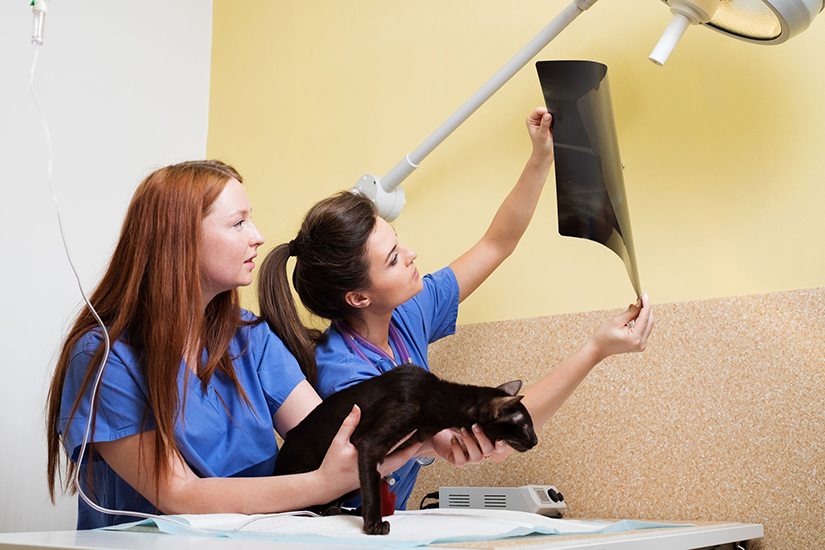-
-
- Council Members
- Role of Council Members
- Council meetings
- Council elections
- Previous election results
- Dr Louise Allum
- Dr Sam Bescoby
- Dr Andrew Clemence
- Dr Tshidi Gardiner
- Dr Reginald Godwin
- Paddy Gordon
- Dr Danielle Greenberg
- Dr Gerard Henry
- Dr Richard Hillman
- Dr Benjamin Kennedy
- Dr Tom Lonsdale
- Dr Darren Partridge
- Martin Peaty
- Alison Price
- Dr Peter Robinson
- Dr Jennifer Simmons
- Dr Sadie Spencer
- Dr Mary Thomas
- William Wilkinson
- Dr Lara Wilson
- Past-Presidents
-
-
-
-
-
- About extra-mural studies (EMS)
- EMS requirements
- Information for vet students
- Information for EMS providers
- Information for vet schools
- Temporary EMS requirements
- Practice by students - regulations
- Health and safety on EMS placements
- EMS contacts and further guidance
- Extra-mural studies fit for the future
-
-
- Code of Professional Conduct for Veterinary Surgeons
- Code of Professional Conduct for Veterinary Nurses
- Contact the Advice Team
- XL Bully dog ban
- 'Under care' - guidance
- Advice on Schedule 3
- Controlled Drugs Guidance – A to Z
- Dealing with Difficult Situations webinar recordings
- FAQs – Common medicines pitfalls
- FAQs – Routine veterinary practice and clinical veterinary research
- FAQs – Advertising of practice names
- GDPR – RCVS information and Q&As
Complying with HSE ionising radiation policy
At the end of 2017 Inspectors from the Health & Safety Executive (HSE) carried out inspections at a number of veterinary practices to assess their compliance with the requirements of the Ionising Radiations Regulations 1999.
 Unfortunately a number of breaches of the regulations were identified resulting in 24 Improvement Notices being served and 39 Notification of Contravention letters being sent to veterinary practices. The main failings identified by the inspectors were:
Unfortunately a number of breaches of the regulations were identified resulting in 24 Improvement Notices being served and 39 Notification of Contravention letters being sent to veterinary practices. The main failings identified by the inspectors were:
- Risk assessment: Many practices either had no radiation risk assessment or the risk assessment was, in the opinion of the Inspectors, inadequate. The Approved Code of Practice in the regulations give a clear indication of the matters that should be considered in a risk assessment.
- X-ray warning lights: There is an expectation that any warning lights are ‘automatic’ and fail to safety where this is practicable to achieve. If it is not practicable to achieve these standards then other options should be explored such as the use of a dual bulb system.
- Managing x-ray servicing engineers: There should be arrangements in place to manage how service engineers comply with the regulations when they are working at a veterinary practice. There should be an exchange of information prior to the visit to set out how this will be achieved in practice.
- Training: Many of the practices didn't have a required training policy in place for the Radiation Protection Supervisors, others involved in taking the x-rays and other people on the premises who need to be aware of the radiation hazard. Such policies should include regular refresher training for relevant staff. Records of any training carried out should be made available.
You should consult with your Radiation Protection Adviser for further information on the above issues.
Since the inspection work was carried out new ionising radiation regulations have come into force. A copy of the new regulations can be downloaded from the HSE website.
One of the main changes in the regulations is the introduction of the 'graded approach' for those at work with ionising radiation. In the case of vets this means those working with x-ray sets need to seek 'registration' from the HSE, whilst those injecting animals with radioactive liquids will need a consent from HSE.
The requirement to have these in place came into force on the 5 February 2018 and any vets found after that date who have not applied will be subject to enforcement action from HSE. The application can be made on the HSE website.
You should consult with your Radiation Protection Adviser about this process and any relevant changes to the Regulations that may affect your work with ionising radiations.
June 2018